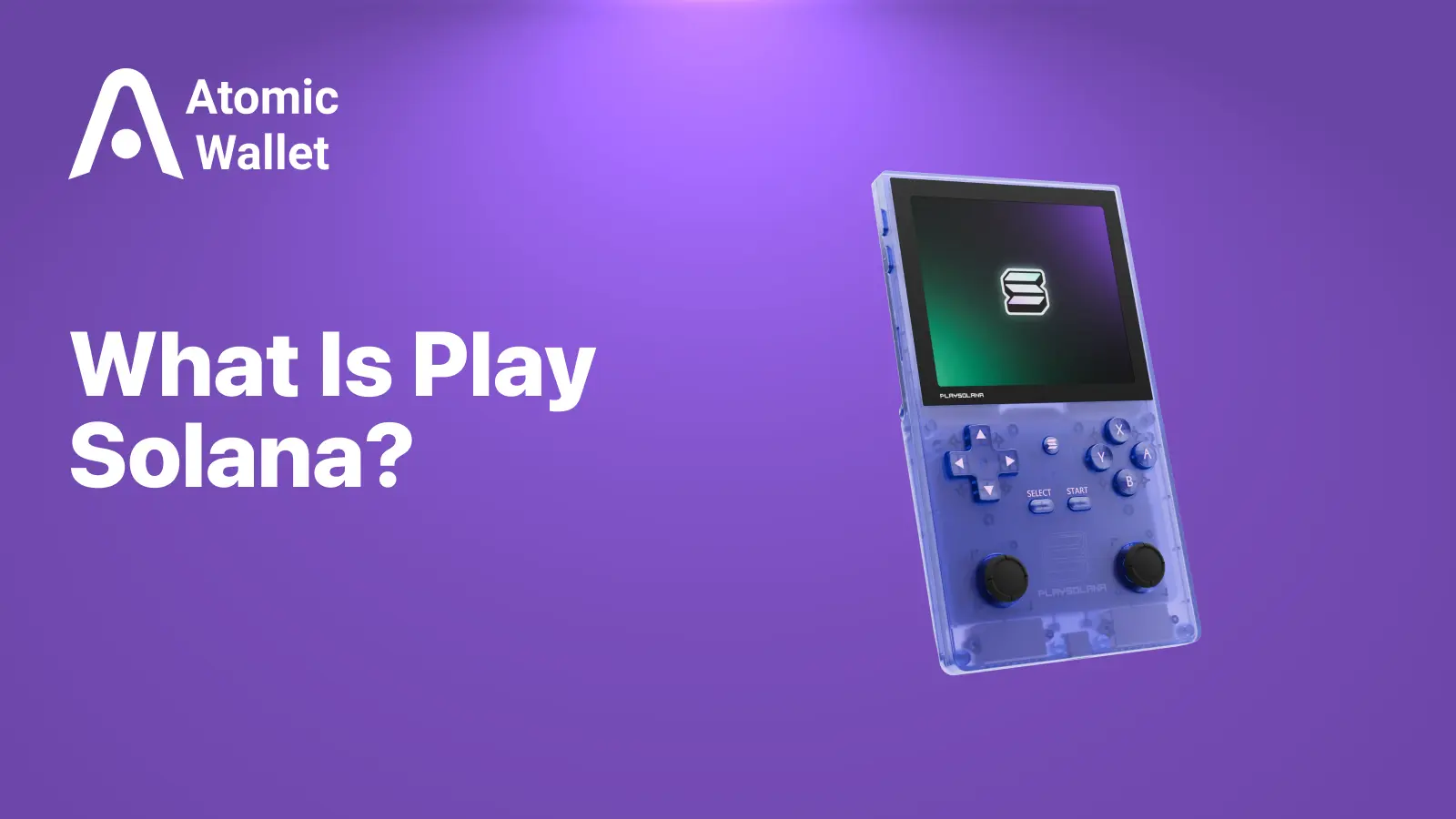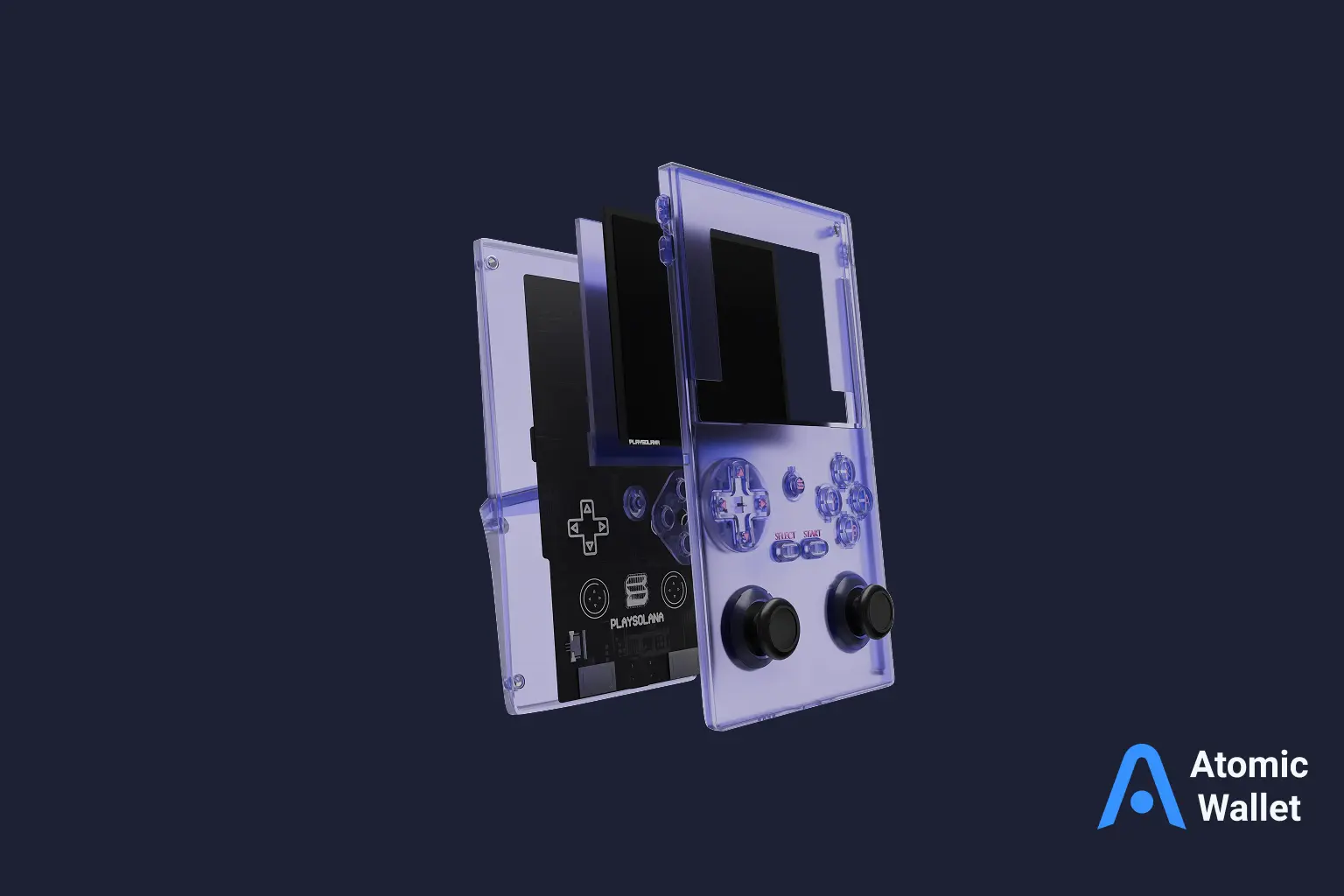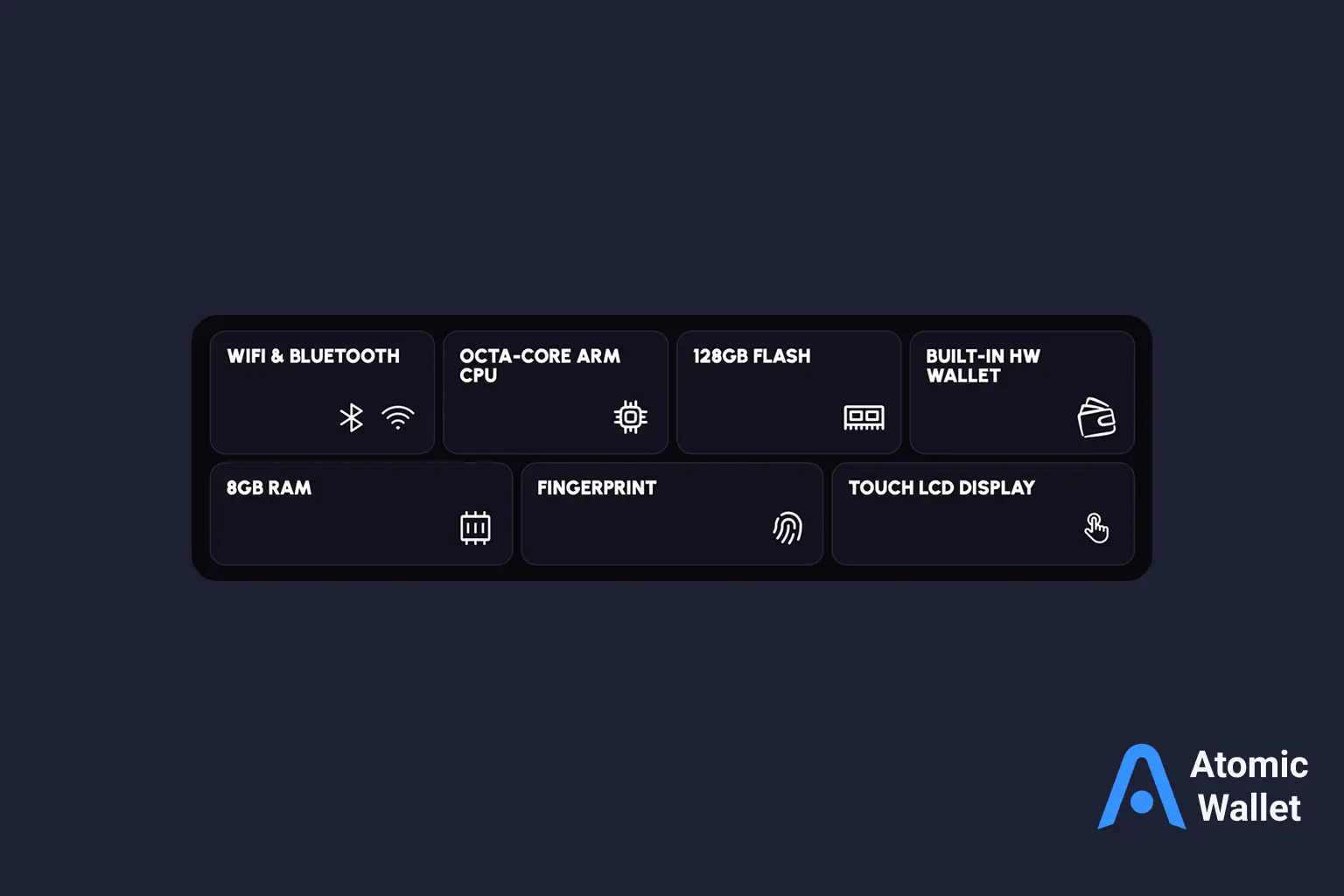Assets

Exchange

Buy Crypto




Play Solana is rapidly becoming the go-to ecosystem on the Solana network. From humble beginnings as a community experiment to connect players and builders, it has evolved into a full-fledged "SuperHUB" — a vertically integrated platform uniting hardware, games, DeFi, and digital identity within a single economy.
In the past weeks, Play Solana has again come into the spotlight because of the announcement of its native token $PLAYand upcoming Token Generation Event (TGE). The community's XP system — originally a non-transferable point system — is now the bridge connecting early players to the on-chain economy.
As GameFi activity accelerates across Solana, Play Solana is among the rare projects which ties real utility, culture, and ownership of users together with a unified narrative.

Play Solana is a gaming and culture platform on Solana that aims to combine entertainment, on-chain identity, and economic ownership into a unified system. It's not just one game or product — it's a unified stack of hardware, software, and incentives designed to make digital engagement valuable.
At its core, the Play Solana SuperHUB is a facilitator between creators, players, and developers. Every action — from finishing a quest, purchasing a PSG1 console, or staking on the Play Validator — gets re-circulated into the network value loop through XP and then $PLAY.
The vision is simple but ambitious: to make Web3 gaming fun, rewarding, and accessible and to ensure that the people who play together and build with each other really get to enjoy the benefit of the growth of the ecosystem.
$PLAY token is the heartbeat of the entire Play Solana ecosystem. It converts everyday participation — quests, staking, community activity — into actual, on-chain value.
$PLAY acts as:
When the Token Generation Event (TGE) goes live, XP transforms from a measure of contribution to economic value. That connection between contribution and worth is the feature of Play Solana's model that distinguishes it from traditional Web3 loyalty programs or gaming.
Even before $PLAY existed, the XP system was already putting in place foundations for fair distribution and long-term devotion. XP (Experience Points) is an abstract score based on user behavior — not speculation.
Players can earn XP by:
Holders of Player1 and Player2 NFTs receive XP multipliers along with one-time awards of 10,000 XP and 5,000 XP respectively — giving them a head start before the $PLAY launch.
This method allows the true early adopters — time and active engagement givers — to be most rewarded when XP is traded for $PLAY.
PSG1 console is hardware, sure, but it's also a portal to the SuperHUB economy. Each purchase of PSG1 receives at least 1,000 XP, and future usability tied directly to $PLAY is in development.
Player NFTs (Player1 and Player2) anchor identity on the SuperHUB and boost engagement rewards. They are not envisioned as speculation tools but as reputation assets — visual proof of contribution and early belief in the Play Solana economy.
Badges, on the other hand, extend this reward system to the broader Solana community. They represent being part of campaigns and collaborations beyond the core Play Solana user base, connecting mainstream Solana users to the SuperHUB economy.
Together, PSG1, NFTs, and Badges form a layered system that connects the physical, digital, and social interaction — all funneling into the same XP and $PLAY economy.

The launch of $PLAY marks the end of the Genesis XP Season — the time that rewarded the first community builders and players who provided the ecosystem before outside capital injection.
Simultaneously, it opens the door to Season 1, a new season where $PLAY is the medium of value and engagement across the SuperHUB.
Season 1 will feature:
The most rewarded are early adopters, but new users simply have a clear pathway to join prior to Season 1 missions commencing. The message is simple — the game just starts.
Play Solana's SuperHUB is an architecture that layers hardware, software, and DeFi rails through the $PLAY token.
Here’s how the loop works:
This cyclical design retains value cycled within the community and not extracted outward.
All layers — gaming, governance, and everything in between — are connected by $PLAY, thus making it the currency and coordination mechanism of the SuperHUB.
The team has not yet published full tokenomics, but the available details paint a clear direction: community ownership first.
Known elements include:
If done right, this token model would balance the benefits of early contribution and long-term sustainability — avoiding the dump-rush dangers prevalent in GameFi token launches.
The Play Solana SuperHUB is not emerging in isolation — it's expanding through partnerships in gaming, culture, and DeFi on the Solana network.
Current integrations and ecosystem elements include:
Community engagement remains the key differentiator: early adopters funded and cemented much of the ecosystem well ahead of external capital — a story not often told today in contemporary GameFi.
There are two main ways to get involved with $PLAY: earn it or buy it.
Earn:
Buy:
After the TGE, $PLAY will be available through select exchanges and non-custodial wallets.
Users will also be able to swap and store $PLAY safely in Atomic Wallet, with support for future staking features once available.
Tip: Always verify token contract addresses and announcements via official Play Solana channels before trading or storing $PLAY.
Any developing ecosystem has opportunity and concern as well.
Potential risks:
What to watch:
Identifying these signs stays users ahead — and in control of the SuperHUB.
What is Play Solana?
Play Solana is a SuperHUB that unites gaming, hardware, and DeFi under one ecosystem on Solana — turning player engagement into real on-chain ownership.
What is the $PLAY token used for?
$PLAY powers the SuperHUB economy. It’s used for transactions, rewards, and governance — giving players control over how value is created and shared.
How does XP work?
XP is a non-transferable point system that tracks engagement (quests, purchases, staking, events). When $PLAY launches, XP converts into tokens based on user contribution.
What are PSG1 consoles and Player NFTs?
They’re ecosystem assets tied to XP earning and identity. PSG1 is a hardware console linked to SuperHUB rewards; Player NFTs grant daily XP multipliers and early access benefits.
When is the $PLAY Token Generation Event (TGE)?
The TGE marks the end of the Genesis XP Season. The exact date is pending official confirmation from the Play Solana team.
Where can I store $PLAY safely?
You can securely store, swap, and track $PLAY in Atomic Wallet once it’s live. Always verify official token contracts before making any transactions.
Play Solana represents a new era in GameFi — one where the act of engagement is valuable. By integrating gaming, social culture, and DeFi incentives, the project establishes an economy not based on speculation but on actual contribution.
Early adopters — from XP earners to PSG1 owners — turned Play Solana into a live, evolving network from a community test. For newbies, the launch of $PLAY is a second chance to be part of that movement.
If Solana is going to keep pushing the next gen of gaming infrastructure, then $PLAY may well be its economic and cultural heartbeat.
Secure your $PLAY and manage it easily in Atomic Wallet — your gateway to safe swaps, staking, and true self-custody.

Rumble stock price explained: recent performance, volatility factors, and 2025 projections. Learn how politics and creator economics drive RUM.

Metaplanet stock surged as the company doubled down on its Bitcoin strategy and even added 14,618 ETH. Learn what drives Metaplanet stock price, how mNAV works, key risks, and why investors call it the “Japanese MicroStrategy.”